
By Jennifer O’Callaghan
The sudden adjustment of the past year’s COVID-19 restrictions has triggered a variety of coping strategies in people. Some choose to curl up with a good book while they quarantine. Others get lost in movie binging sessions, or even a daily yoga routine. Everyone’s method for finding solace at this time in history is as unique as their fingerprint. Lately, however, more people than ever have turned to art to help them navigate the challenges more peacefully. It’s no wonder, with all the current buzz around creativity’s mental health and brainpower benefits.
According to Medical News Today, creativity significantly lowers anxiety, and activates the reward center of our brains. It also improves learning and memorization, and can even help heal trauma. In a 2016 paper in the Journal of the American Art Therapy Association, a group of researchers measured cortisol levels of 39 healthy adults. Cortisol is normally required to help the body deal with stress. They found that 45 minutes of creating art greatly lowered this hormone. More significantly, there was no difference in results between experienced artists and those who dabbled for fun.
With this evidence, art can still be treated as a luxury, and is often the first thing to be dropped from our schedules when times get tough. Yet, surely these times are when we need creativity the most. To help get your artistic juices flowing, we’ve compiled a list of the top reasons creativity is great for your mental health.
Creativity Boosts Self Esteem
Simply making the effort to create can fill us with a sense of accomplishment. You don’t have to make something that looks perfect in order to obtain these feelings. It also doesn’t matter what type of medium you practice, whether it’s drawing, photography, or performing a dance routine. This sense of achievement leads to more good feelings, and encourages new creations.
When compared with exercise, art doesn’t receive the same amount of relevance in the mainstream mental health world. This is because a lot of people don’t consider themselves to be all that creative. Though some are more artistically inclined than others, it was Pablo Picasso who stated, “Every child is an artist. The problem is to remain an artist once they grow up.” Learning to create and succeed in new ways can instill a feeling of pride and even help you see your own strengths more clearly. If you are finding being creative difficult, some people have found natural remedies or products such as magic mushrooms such as those seen here to be useful for enhancing their creativity and improving mental health.
Art Helps Heal Pain And Trauma
In his Ted Talk video about the healing power of creativity, celebrated artist Domingo Zapatatold a story about the time art literally saved him. He humbly stated that he turned to creativity during the toughest days of his life – when his newborn son was in surgery. “I kept sketching and sketching, and sketching, and that is what made me get through that week,” he said. “It made me feel better. It made me relax.”
This man has access to the world’s top therapists, yet creativity is what he turned to in his darkest hour. Whether it’s writing, painting, or performance, artwork is considered a sort of “symbolic speech” that can even help explore our subconscious. It has the same healing value as verbal communication, and has helped many process their complex emotions in a healthy way.
Creation Encourages Brain Activity
Scientific research has proven that creativity tremendously increases brain function. According to the American Art Therapy Association, it can actually raise serotonin levels and has an impact on the nervous system and emotions. Whenever you engage in any kind of a new activity, your brain begins working to create connections between all of your different brain cells. In terms of creating art, this helps to stimulate multiple connections between various parts of your brain.
Art Therapy is a practice that uses the creative process, such as drawing or sculpting with clay to improve physical, mental, and emotional well-being. It’s regularly used to work with dementia patients in order to help improve their attention and orientation. This work also help patients’ social skills and improves their quality of life by affirming a sense of accomplishment.
Art Expresses Who You Are At Your Core
As human beings, art enables us to gain and share new ideas. Creativity encourages people to express different parts of themselves. It can even change the way we view the world. The artist, Georgia O’Keefe, said, “I found I could say things with colors and shapes that I couldn’t say any other way—things I had no words for.”If you want to express your own feelings through art, it can be helpful to engage with the works of others so you can begin to tap into your own creative process.
Take time to understand what moves you. Then, choose how and what medium you’ll use to express your own feelings and emotions. Most importantly, creation isn’t about a person’s skills or talents, but the process, state of mind, and ability to express.
Artfulness Improves Academic Performance
There’s plenty of evidence that art and creation are correlated with high academic performance – such as Big Bang Theory actress Mayim Bialik earning a Ph.D in neuroscience from UCLA after completing a triple major in Hebrew, Jewish Studies, and neuroscience. Educational research now shows a strong correlation between arts programmes and strictly academic subjects. In music and other arts programmes, students learn a variety of skills that help them in other areas, including memory and spacial learning, and even help with language skills and verbal memory.
In further research, performing arts like theatre and dance increase skills like public speaking and emotional intelligence. Expressing yourself through art can give you a sense of purpose which can motivate you to achieve in other areas of your life.
Here are the top 5 tips to help jump-start your own Quarantine Creativity Project
1. Pick your medium but feel free to mix it up. You can use painting, sculpting clay, writing poetry, cake decorating, or even knitting. Do what inspires you and ignore tradition.
2. Brainstorm your ideas. If you’re feeling lost or unsure of where to begin, journal your thoughts and desires. One idea can lead to the next, and the answer will present itself.
3. Go for progress, not perfection. Be easy on yourself and focus on enjoying the process, not the need to have a specific outcome
4. Remove “but, I’m not creative” from your vocabulary. The reason people stop creating is that they don’t feel their work is good enough. Toss those thoughts, and push on.
5. Commit to creative appointments with yourself and show up every time. If you miss an appointment one day, book a double session for next time. Keep up the momentum.


Jennifer O’Callaghan is a Toronto-based journalist and entrepreneur. She has a background in broadcasting and theatre. She also loves to write about creativity and self empowerment. Follow her on Instagram and Twitter.












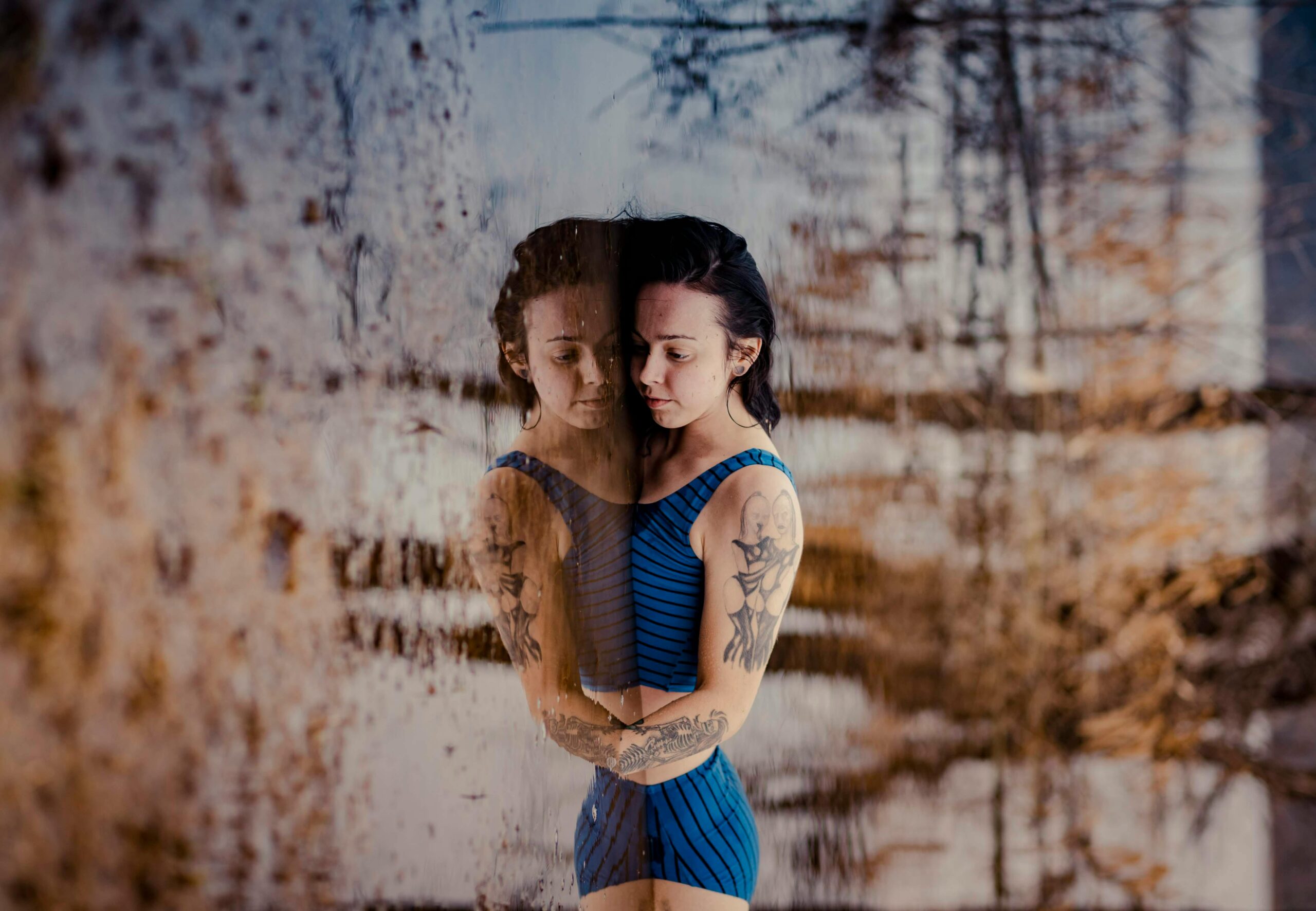
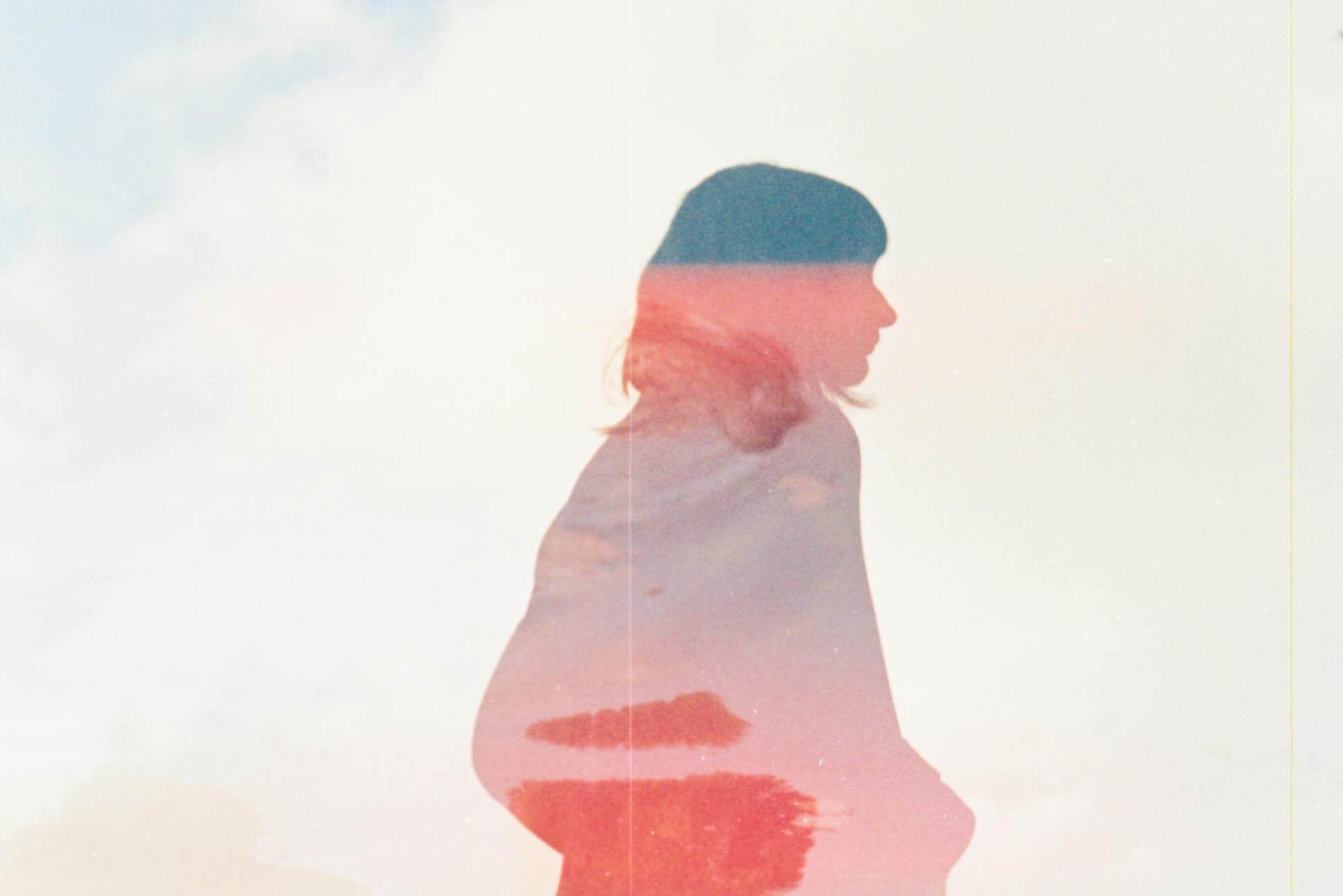
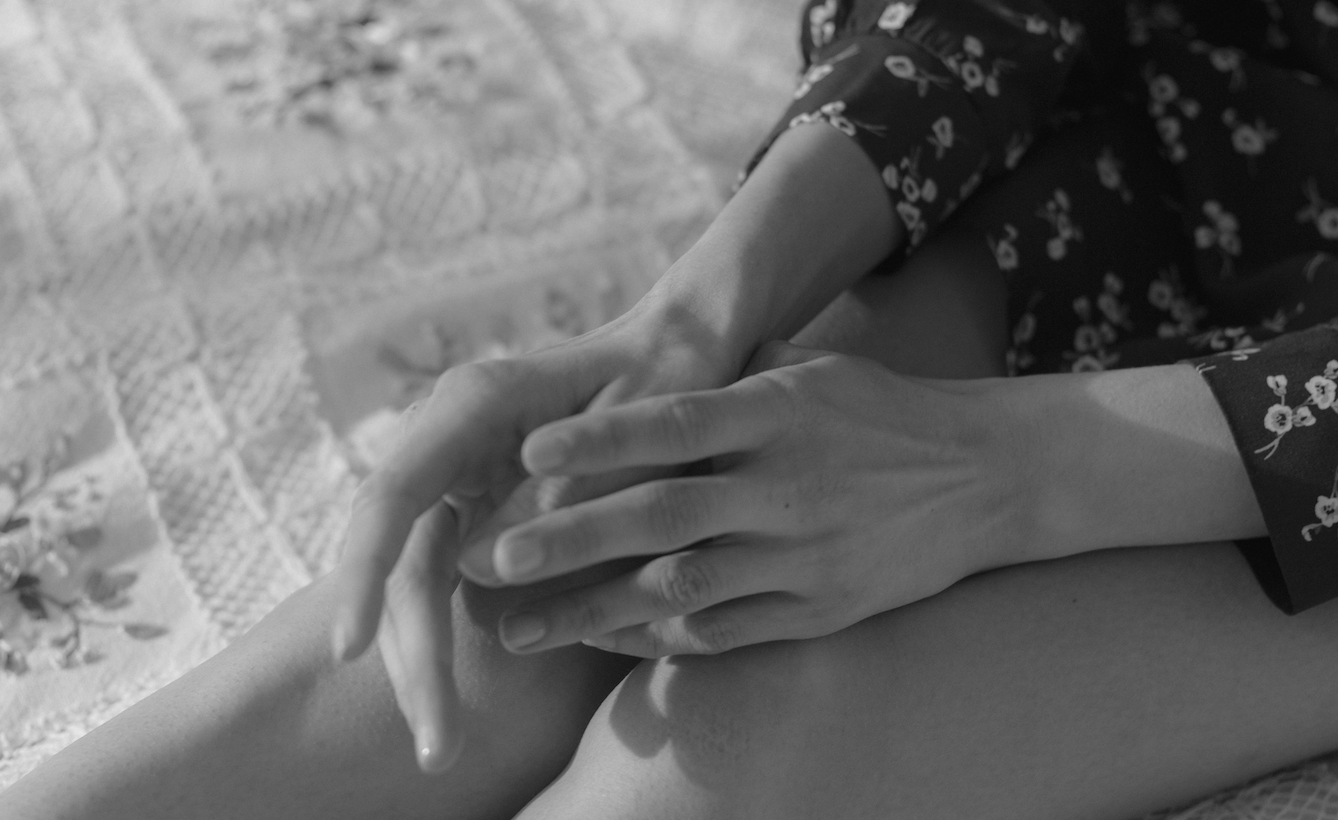
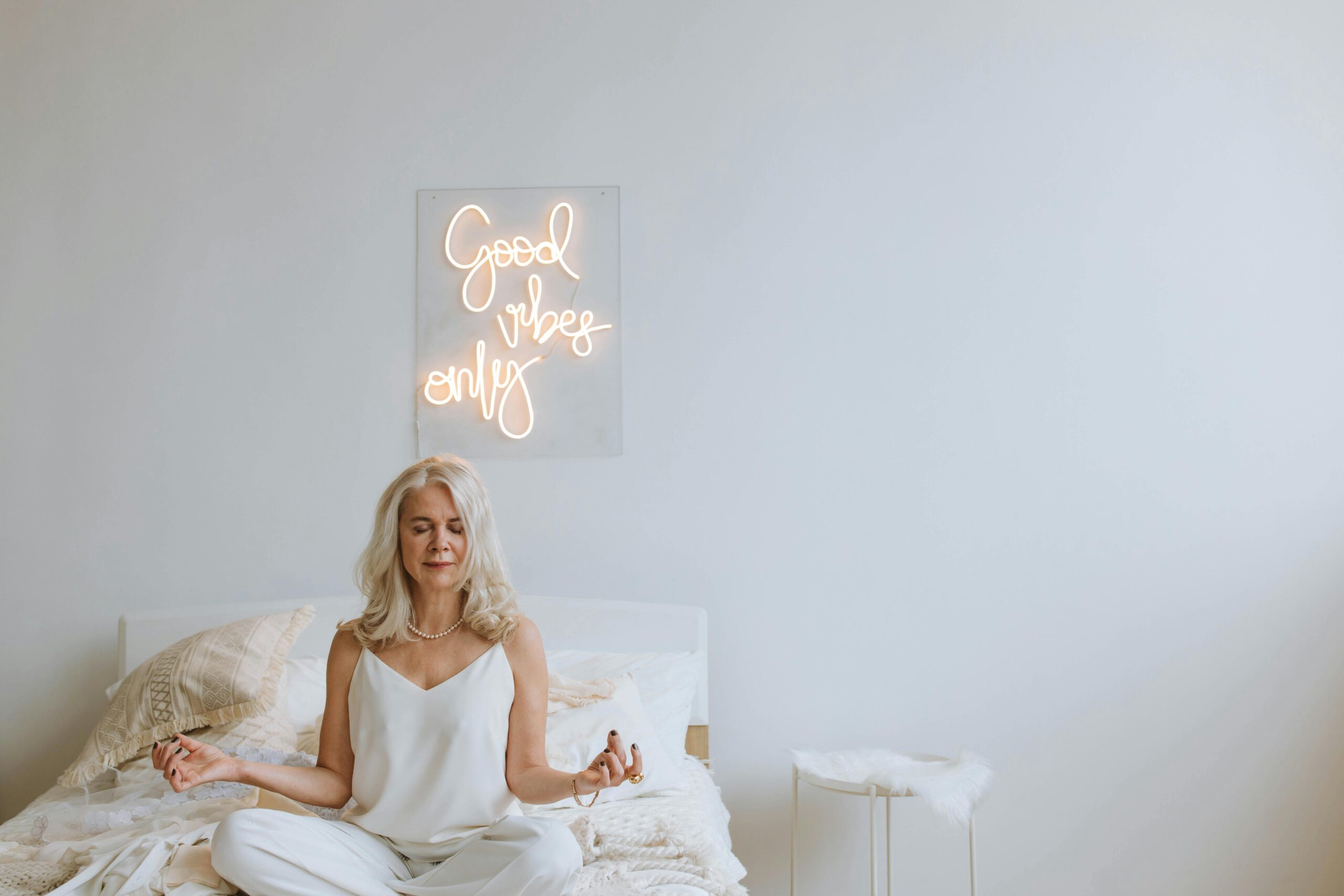
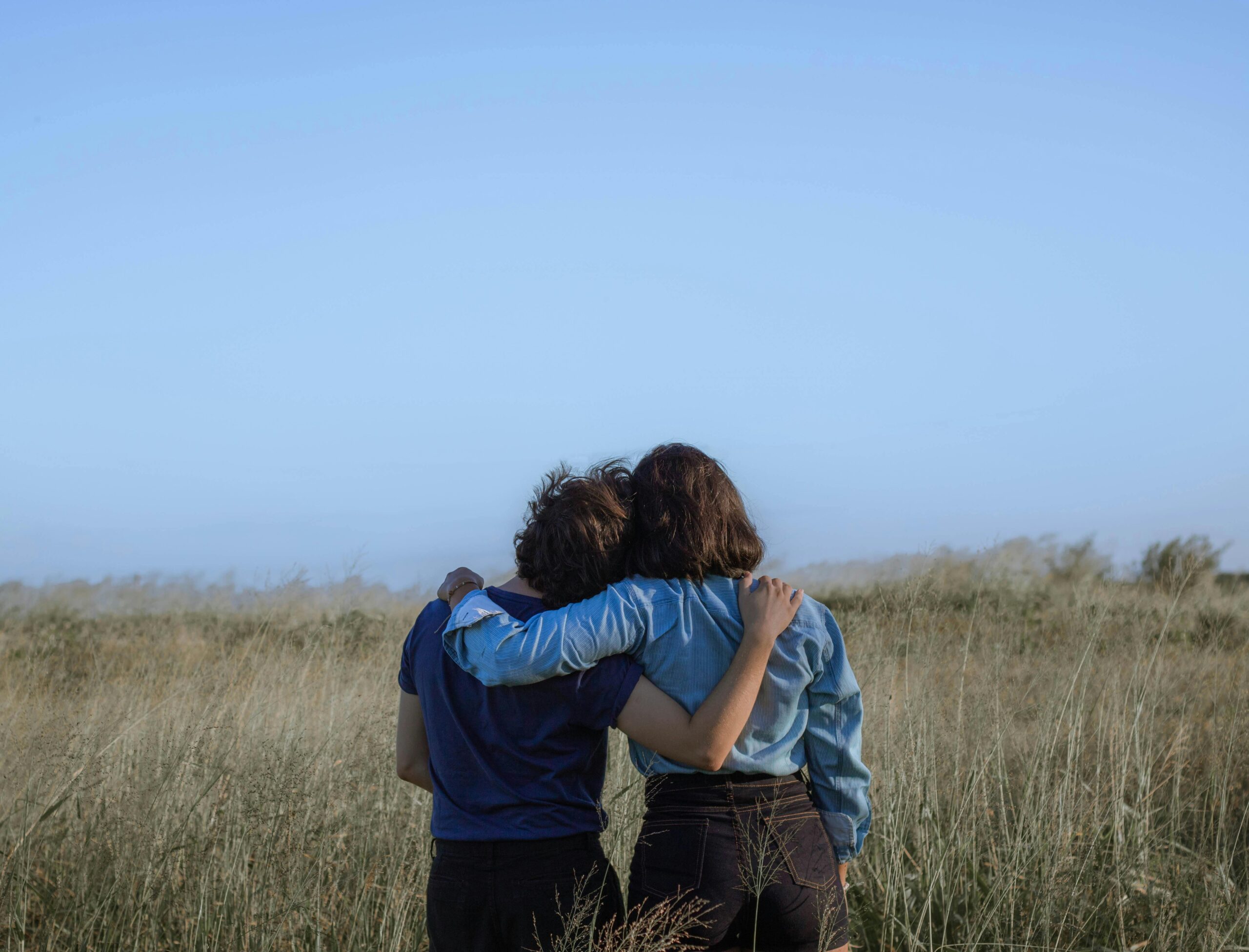
2 thoughts on “5 Reasons Creativity Can Help Your Mental Health During Quarantine”
Comments are closed.